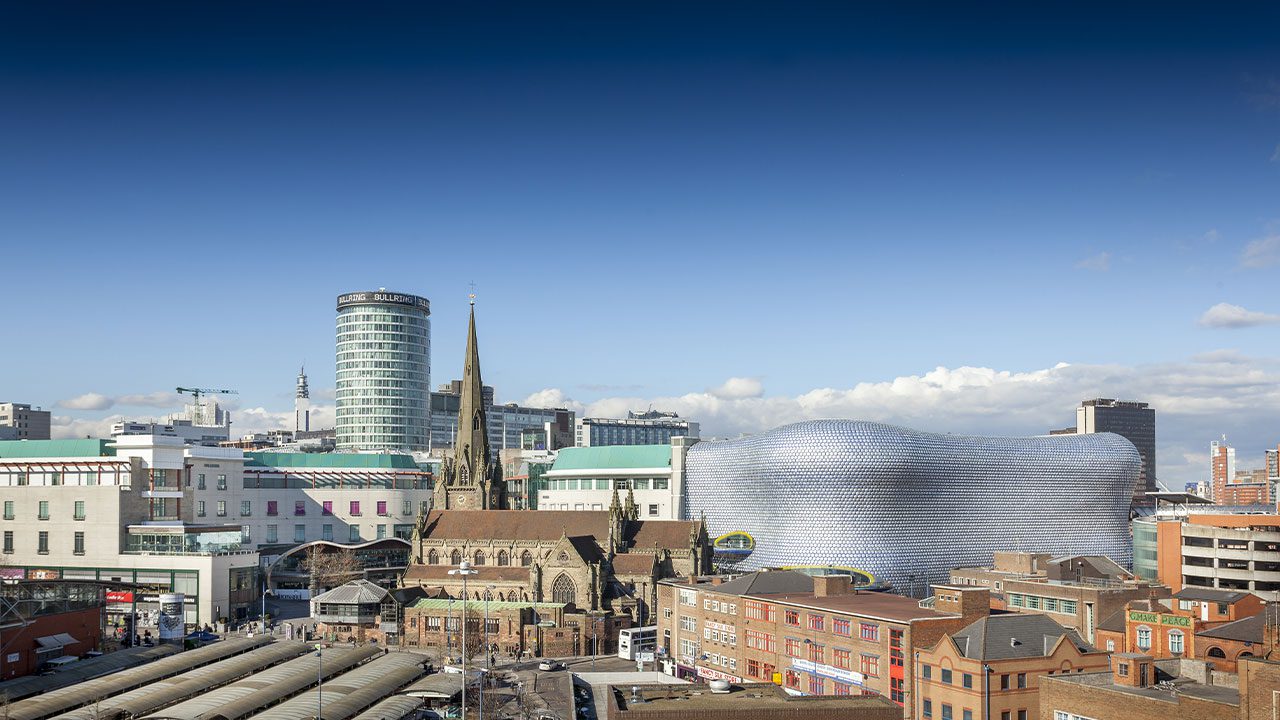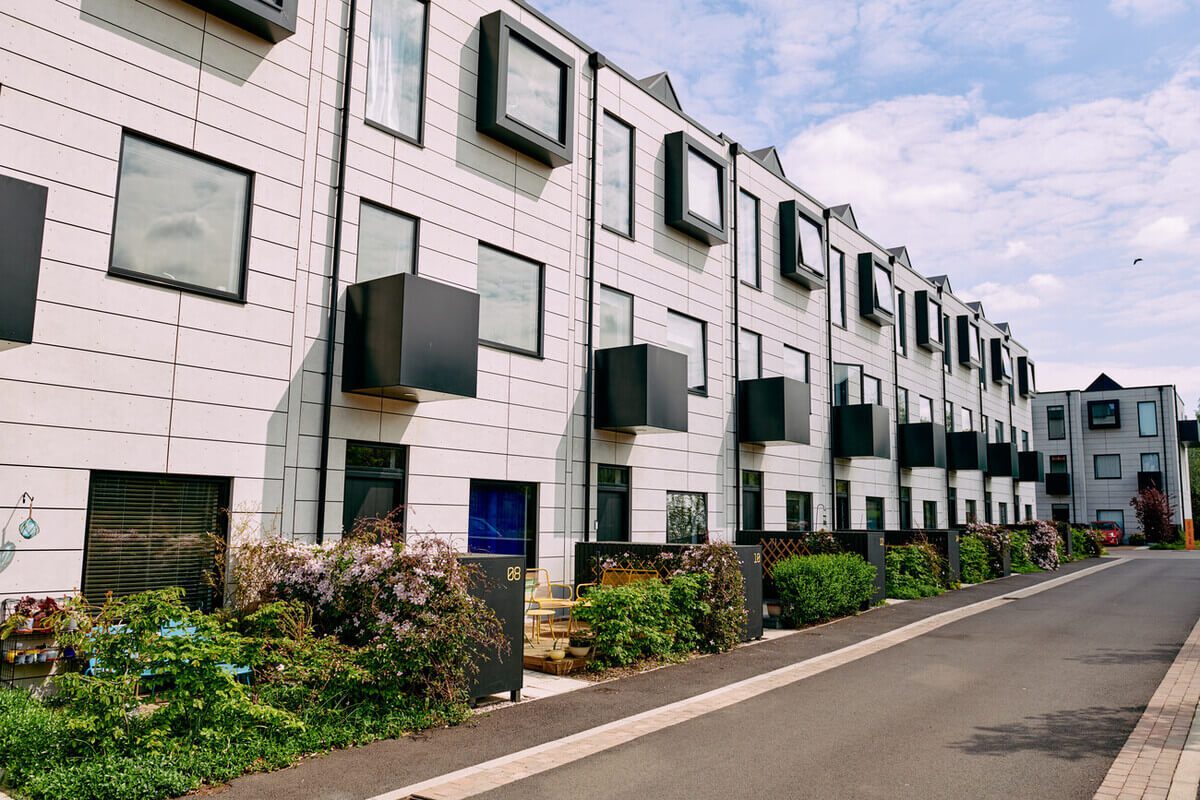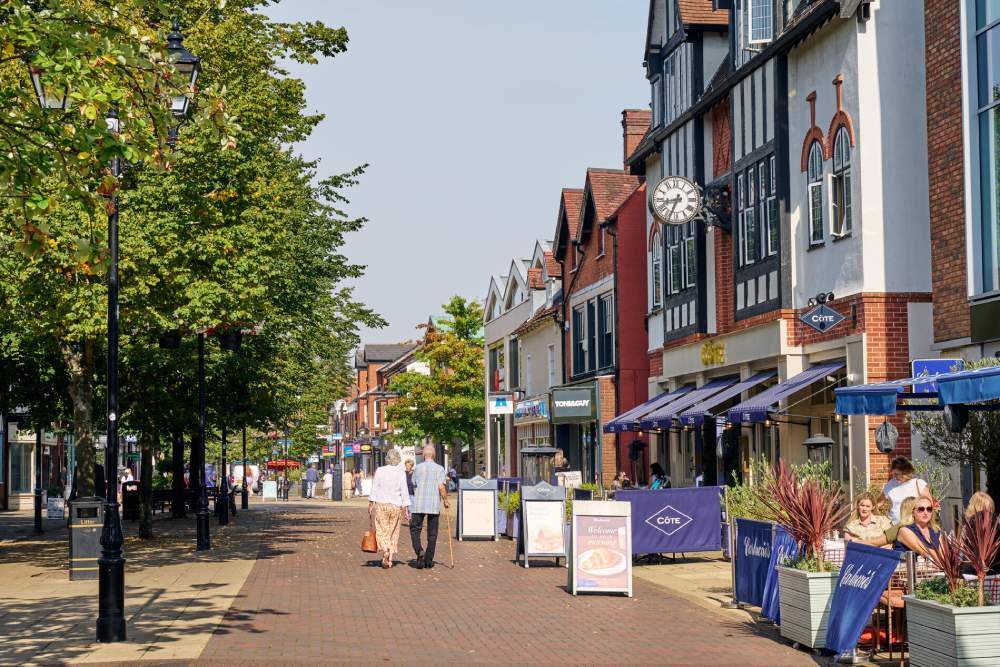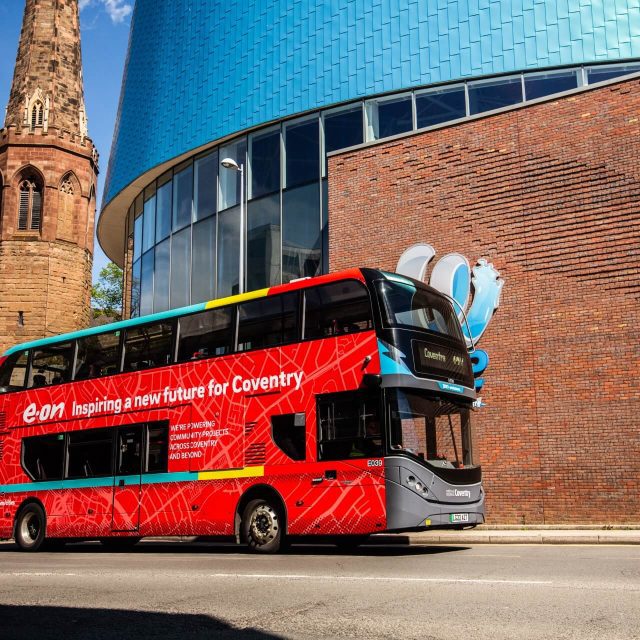A City of Towns?

In her book The Economy of Cities, the great American urbanist Jane Jacobs had a chapter entitled ‘Birmingham Good – Manchester Bad’. Her point was that Birmingham, as a city of a thousand trades, with its gun makers, locksmiths and jewellers had created the conditions for rapid economic growth. This, she compared to Manchester with its mills employing thousands, arguing that it was in Birmingham where the entrepreneurs, innovators and finance created the conditions for economic growth.
This wasn’t just true of Birmingham. The innovators and entrepreneurs were as likely to be in Coventry or Walsall or indeed Bilston or Darlaston as they were in Birmingham. The towns of the West Midlands were part of a thriving economic system, combining raw materials, inventiveness and engineering skills that encompassed the entire conurbation.

The geographer Olsen once described London as a ‘City of Villages’ – a polycentric city made up of 35 local authorities and hundreds of urban villages, all of which have their own identity but are also definitely part of London. The West Midlands, like the other great industrial conurbations, is a ‘City of Towns’. It includes three cities, half a dozen big towns and scores of smaller ones. Like London, these towns and cities all have their own identity but unlike London, most don’t see themselves as part of Birmingham.
Because of this, the recent discussions about the overspill of Birmingham’s housing numbers into the surrounding districts has caused concern about how it will affect the character of those districts. However, I believe we need to get to a point where, like London, local identity can coexist with a sense of the wider city.

This is important because, to compete on a global stage Birmingham needs its wider region. There is a law of cities (Zipfs Law) that states that a country’s second city should be half the size of its first city, the third city a third of the size and so on. According to the World Urban Areas Report – which gathers data on cities from across the globe and measures their size on a consistent basis – Birmingham’s population is just over 2.5 million. In other words, as far as they are concerned the city of Birmingham includes most of the West Midlands. That makes it the 215th largest city in the world just ahead of Manchester at 220th.
On the same list London’s population is 10.8 million, so, if we were to go by Zipfs Law, Britain’s second City should be just over 5 million, which would be equivalent to Barcelona or Milan and would be twice the current size of Birmingham.
Those who know the history of Birmingham will realise that the reason it didn’t grow to become Britain’s Milan was down to government policy. In the 1950s Birmingham was the fastest growing city in the UK rivalling London for job creation and average incomes. The government, spooked by the city’s success, sought to clip its wings, first with the Distribution of Industry Act in 1945 and 20 years later with the Control of Office Employment Act while at the same time, the West Midlands Plan sought to reduce its population. The stated aim was to protect the declining industrial areas of the north, but the suspicion was that it was London that felt threatened.

The world has since changed and the concentration of activity in London is now seen as damaging to the national economy. There is a recognition that all our provincial cities need to grow and, when we talk about this growth, we don’t just mean Birmingham, we mean inclusive growth across the whole of the West Midlands. The towns and other cities in the West Midlands may not be ready to say they are part of Birmingham, but functionally they need to work together as a city region to compete on a world stage.
This is starting to happen through the Combined Authority with its Plan for Growth. It also relates to transport with the West Midlands Metro and local rail services starting to draw a ‘tube map’ of the wider city. The aim is to grow the economy and population of the whole of the West Midlands ‘city’. To do this it will be necessary for places to both celebrate their identity and see themselves as part of the wider whole.
By David Rudlin, Director of Urban Design at Building Design Partnership (BDP), partner and speaker in the West Midlands Pavilion at UKREiiF 2024.
Thriving Towns in a 3 City Region
Tuesday 21 May, 10:00 am – 10:45 am
West Midlands Pavilion
Pavilion Zone #20/21 at UKREiiF
You can hear more from David when he chairs the panel session Thriving Towns in a 3 City Region at UKREiiF 2024.
The West Midlands region needs over 200,000 homes built by 2030 to keep up with demand. The spillover effect of building these homes risks encroaching on the towns around Birmingham, and the panel will address the challenge of delivering the housing requirements while preserving and building on the unique identity of the historic towns.


